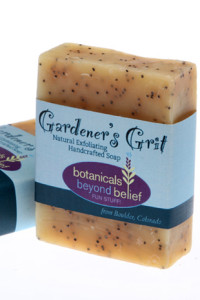Seed Starting in July
How To Know What to Plant This Month
by Sandy Swegel
As a gardener, I’m always surprised by the veggie seed sales in July. I know from a marketing point of view the prime seed-buying season has past and companies have to move product still in inventory. But from a gardening perspective, it doesn’t make much sense to give 50% discounts in July because a gardener should be starting lots of seeds now. It’s the perfect time to start seeds! Of course, I always think it’s the perfect time to start seeds.
How to know what to plant in July? Stand in the garden and look around.
What do you not have enough of? I don’t know why I thought ten chard plants would be enough when I love to eat the red-stemmed chard. There’s barely enough to eat for this week much less into the Fall. And kale? I didn’t know last Spring that I’d get into juicing this summer….I’ve gone through all my kale and spinach. And carrots add so much sweetness to juice I clearly need more.
What do you want to can? More beans, please. More cucumbers. Beets for pickling.
What do you want growing in Fall? Broccoli is so good in Fall. Our CSAs are starting their broccolis now for Fall sales.
Typical plantings in July:
Beans Carrots Cucumbers Beets Kale Spinach Chard Scallions
You can try some of the atypical plantings too. I’ve seen research from Iowa that says you can still plant corn up to the fourth of July and get a reasonable crop.
It’s probably too late for squash or tomatoes to grow from seed….but those seeds store for many years, so if there are varieties you know you’ll want to plant next year, it’s fine to buy the seeds now.
While you’re in the veggie garden, this is also a good time to plant perennial herbs and flowers that will last for years and bring pollinators. This is also a great time to seed annuals that reseed themselves. Cosmos and marigolds are good examples.
The biggest challenge to seed starting in July is making sure the seedbed stays moist during germination. A sprinkler set with a timer to run just a short while every day helps. Or my personal favorite and much written about helper: row cover. Put your seeds down. Water thoroughly. Lay some row cover over the seeded area with rocks to hold the row cover down. That will give you some extra needed protection from the hot July sun.


